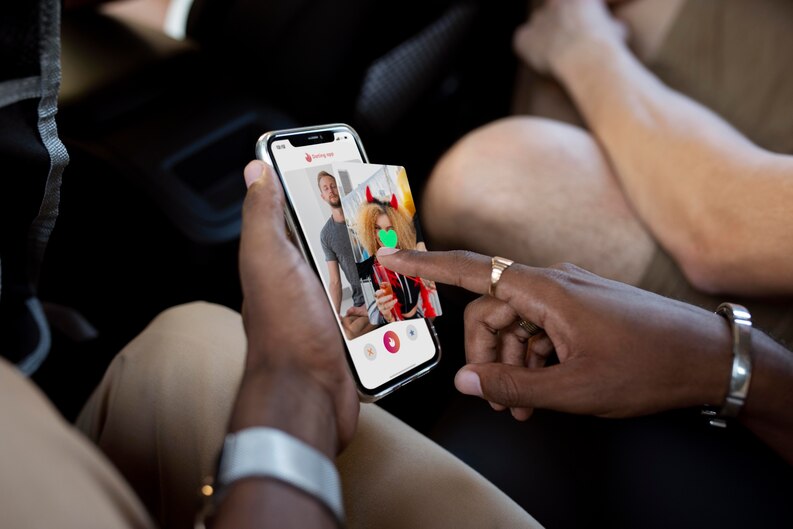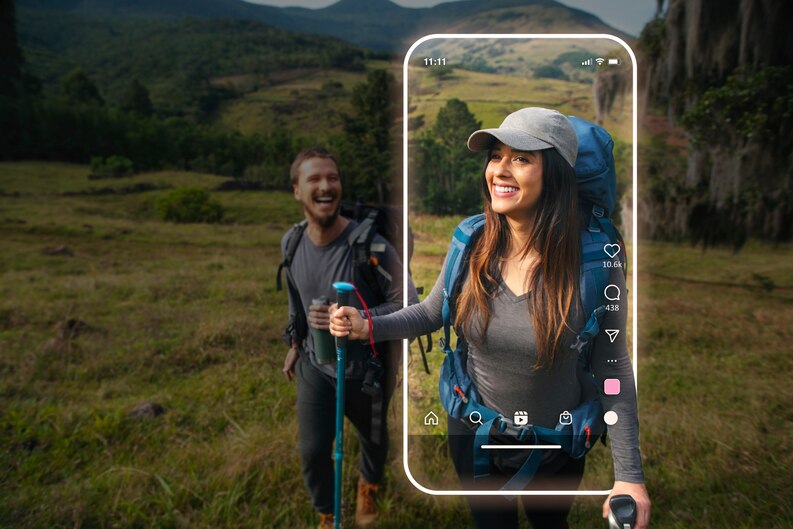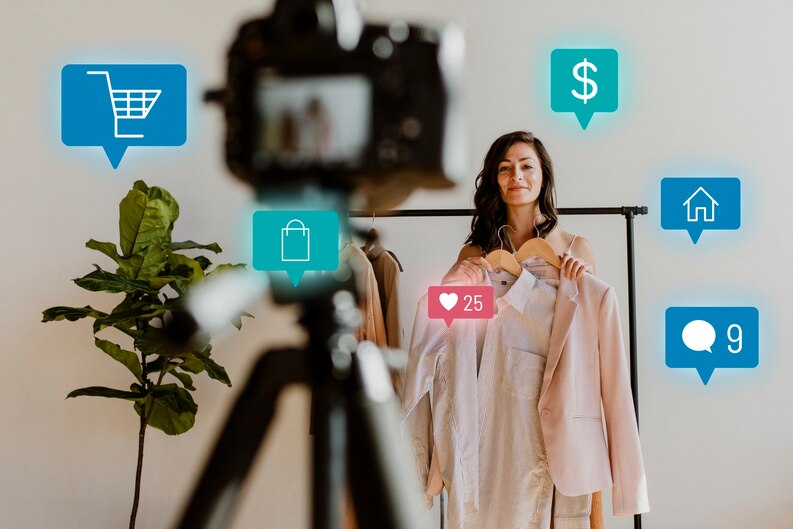The Rise of Virtual Influencers on TikTok: Changing the Face of Influencer Marketing
TikTok, a social media platform with over a billion active users, has become the epicenter of short-form video content. It has given rise to a new generation of influencers, who range from everyday individuals to computer-generated virtual influencers. The latter has garnered immense popularity in recent years, opening up new possibilities for creativity and innovation while raising questions about the future of influencer marketing.
The Emergence of Virtual Influencers on TikTok

Virtual influencers are computer-generated characters with a social media presence, interacting with users just like human influencers. While they’ve been around for a few years, TikTok has brought them to the forefront, increasing their exposure and popularity. These CGI (computer-generated imagery) characters are designed with unique looks and personalities, programmed to behave like humans, with emotions, opinions, and interests.
One of the most prominent virtual TikTok influencers is Miquela Sousa, aka Lil Miquela. Created by LA-based startup Brud, Lil Miquela boasts over 3 million followers on the platform. Beyond TikTok, she has an extensive backstory, personality, and a social media presence on platforms like Instagram, where she is described as a “19-year-old robot, musician, and model.” Lil Miquela engages with followers, promotes brands, and even shares images of herself in trendy outfits.
Virtual Influencers and Their Impact on Influencer Marketing
Virtual influencers have sparked a debate about the future of influencer marketing. Advocates of virtual influencers argue that they offer advantages over real influencers, such as avoiding controversies, scandals, or legal issues. They can also be tailored to target specific audiences like children, who may be more inclined to engage with computer-generated characters.
On the other hand, critics raise concerns about the impact of virtual influencers on society. These influencers may perpetuate unrealistic beauty standards and promote consumerism. Ethical questions about technology use and virtual identity ownership have also emerged. Additionally, the rise of virtual influencers could further blur the lines between reality and fiction.
Virtual Influencers and Major Brands
Major brands have already embraced virtual influencers for advertising and promotional campaigns. Companies like Calvin Klein, Prada, and Samsung have turned to virtual influencers to reach and engage with their target audience. These influencers have inspired a new wave of creators experimenting with the potential of CGI and have become a popular research topic in academia. With scholars investigating their societal and cultural impact.
Virtual Influencers: Challenging the Status Quo
Virtual influencers have disrupted the influencer marketing landscape, offering new possibilities for creativity and innovation. They have challenged our preconceptions about humanity and social media, as they navigate the digital world with a uniquely designed persona. Whether virtual influencers will become the dominant force in influencer marketing is uncertain, but one thing is clear: they will continue to captivate and intrigue us for years to come.
In conclusion, virtual influencers on TikTok are transforming the face of influencer marketing. With their unique attributes and the ability to interact with users, they offer a new perspective on advertising and social media engagement. The future of virtual influencers may be uncertain, but their impact on influencer marketing is undeniable.

Unlock your online potential with the 5-day Boost Your Followers Challenge. Learn proven strategies to master social media and online influence in just 5 days!


